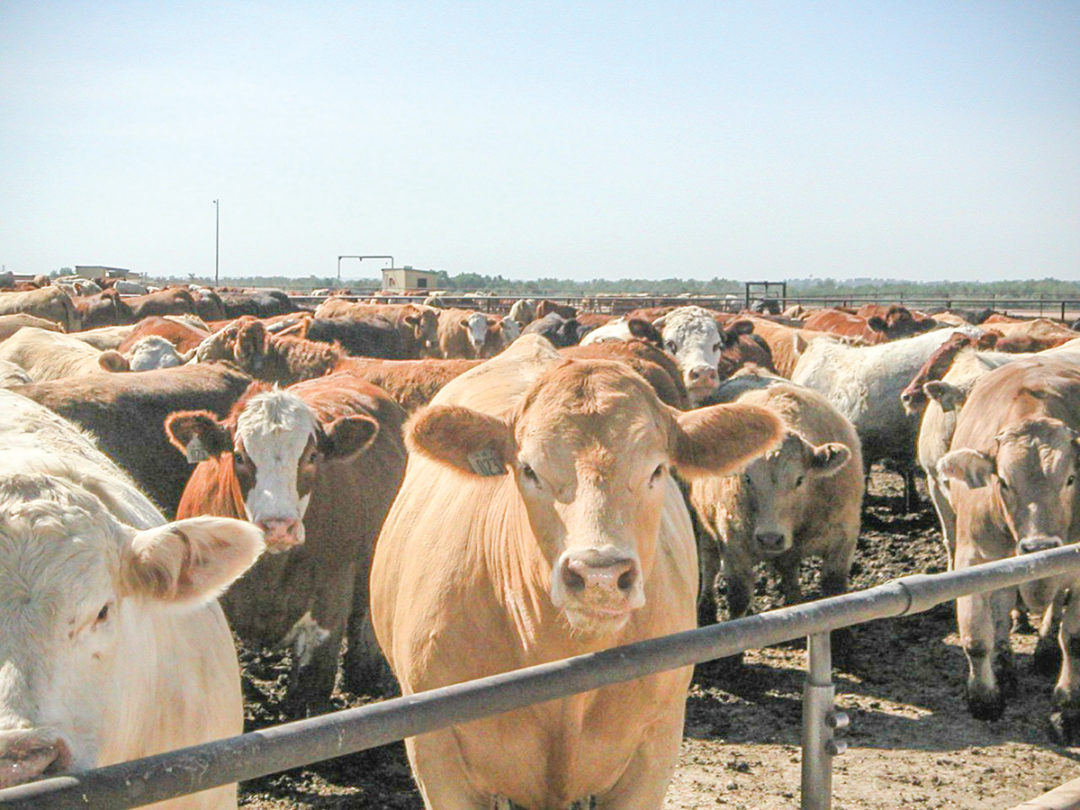As recent history has shown, illnesses, diseases and pandemics can strike the human population almost without warning. The U.S. beef industry isn’t immune from its own health challenges.
Involvement and response
Should a disease of emergency criterion level be suspected on a farm or ranch in Idaho, for example, a diagnosis from a regulatory veterinarian would kick-start the response, says Scott Leibsle, state veterinarian with the Idaho State Department of Agriculture.
“If there’s a concern of a disease such as brucellosis, tuberculosis or foot-and-mouth disease, after my office is contacted by a producer or veterinarian, a state or federal foreign animal disease diagnostician would be sent to examine the animal, take samples and submit them for testing.”
Leibsle admits that while there’s a reactionary component to their work, most of their activities are proactive and outreach based. Examples include speaking engagements, webinars and the creation of herd plans and training courses. Preemptive surveillance is also done, especially focused on brucellosis, as Idaho borders Yellowstone Park, the last remaining reservoir for the disease in the U.S.
“Some are harder to manage than others,” he says. “For an operation with a single driveway and 50 cattle, it’s much easier to put a secure food supply plan in place than one for a 2,500-cow dairy with numerous trucks coming and going.”
Leibsle believes the Idaho cattle industry is supportive of his agency’s efforts, as they understand that an identification of tuberculosis and brucellosis in their own or a neighbor’s herd would have a tangible effect on their businesses.
“Dealing with the government can be frustrating for many,” he admits. “But these programs were advocated by industry. Our producers understand they need to test their own cattle but are also encouraged because their neighbor is testing as well. Some are curious of why we get involved and what that might mean for them, but we work hard to address concerns through education.”
Addressing transboundary diseases
On national and international levels, the Center for Food Security and Public Health (CFSPH) works with various state agencies, the USDA, the Animal and Plant Health Inspection Service (APHIS) and the World Animal Health Organization.
Glenda Dvorak, assistant director and lead public health veterinarian for the CFSPH, says her organization’s primary mission is to address transboundary diseases. As some are endemic in other countries, they use their global outreach to create controls and methods of biosecurity.
“We were originally founded by the CDC [Centers for Disease Control and Prevention] in 2002, shortly after 9/11,” she explains. “Terrorism was front and center, and everyone was quickly realizing bioterrorism agents affected not only people but animals. Some of those agents were novel and weren’t being taught in vet school. Our first funding was to develop material including bioterrorism agents. From there, it expanded into biosecurity implementation, eventually morphing into assisting the USDA with their veterinary preparation and secure food plans.”
CFSPH educational materials are normally delivered to veterinarians and health officials who educate producers at the farm level and can be downloaded directly from their website.
Proactive efforts
Dvorak says COVID-19 slowed engagement in meetings and conferences aimed at extension services and livestock associations, but these avenues are ramping up to spread the word, matching their preferred proactive strategy.
“Not being able to meet directly with people was hard,” she says. “We’ve recently launched two online biosecurity courses, one more advanced and geared toward veterinarians and the other a free, more basic training. We’ve also begun developing training in Spanish.”
Dvorak explains that 10 to 15 years ago, the importance of biosecurity wasn’t recognized like it is today. Secure food supply planning, developed with the assistance of state animal health officials, is working tirelessly to get the right information into producers’ hands. Dvorak says the CFSPH is aware that if cattlemen don’t buy in, their efforts will be stymied and progress halted.
“Everyone must be on board and willing to take a first step by speaking about their challenges,” she says. “That will give us the greatest opportunity to address and overcome them. Biosecurity will always be something we work to implement and improve upon. There’s no endpoint.”
Leibsle echoes this message, emphasizing that his agency’s main desire is to support the agricultural industry, confirming producers have a chance to promote their products.
“On occasion, we have to hold people accountable,” he says. “But our focus is on ensuring everyone, including our trading partners throughout the U.S. and other countries, receives nothing but healthy cattle.”








